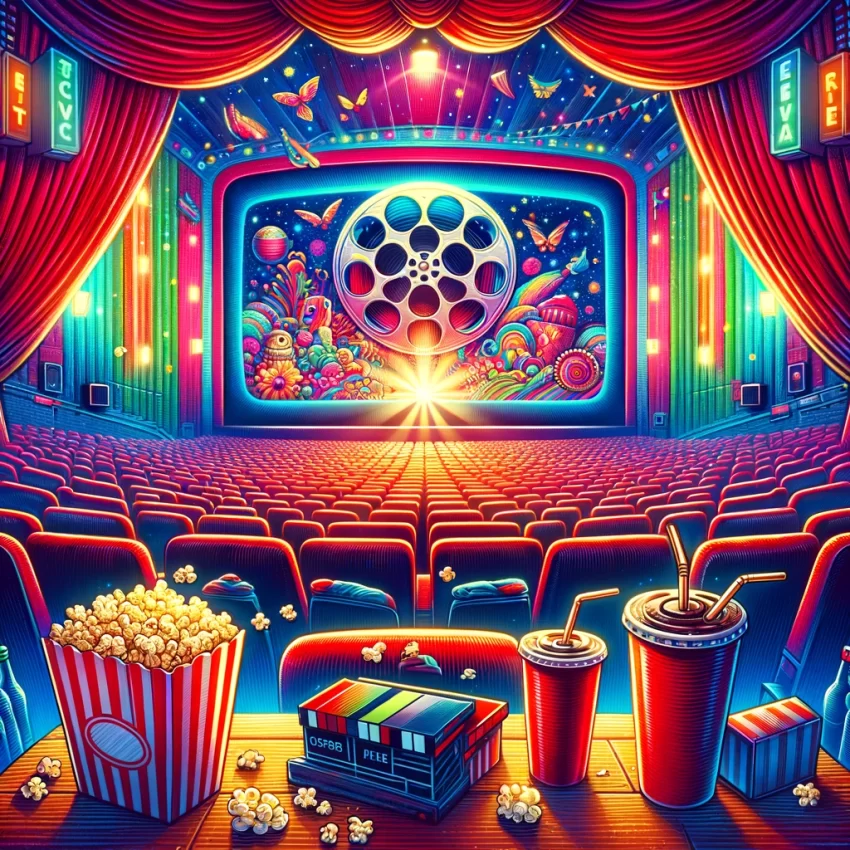| Listen to our audio presentation: The Most Famous Films in History |
Throughout the annals of cinematic history, certain films have transcended their time and place to become cultural touchstones, forever etched in the collective memory of audiences around the world. These movies, through their groundbreaking storytelling, iconic performances, and innovative filmmaking techniques, have shaped the landscape of cinema and left an indelible mark on the art form.
One of the earliest films to achieve such acclaim was “The Birth of a Nation” (1915), directed by D.W. Griffith. Despite its controversial portrayal of race and history, the film was a landmark in cinema for its innovative use of narrative and editing techniques. Fast forward to the 1930s, and we encounter “Gone with the Wind” (1939), a sweeping epic that captivated audiences with its grandeur and won a record-breaking number of Academy Awards.
The mid-20th century saw the rise of Alfred Hitchcock, the “Master of Suspense,” whose films like “Psycho” (1960) and “Rear Window” (1954) redefined the thriller genre and introduced a new level of psychological depth to cinema. Meanwhile, “Casablanca” (1942), with its timeless story of love and sacrifice, became one of the most beloved and quoted films in history.
The 1960s and 1970s witnessed a surge in groundbreaking filmmaking, with directors like Stanley Kubrick and Francis Ford Coppola pushing the boundaries of storytelling and visual style. Kubrick’s “2001: A Space Odyssey” (1968) and Coppola’s “The Godfather” (1972) are often cited as two of the greatest films ever made, each a masterclass in their respective genres.
In the realm of science fiction and fantasy, George Lucas’s “Star Wars” (1977) revolutionized special effects and spawned a franchise that continues to captivate audiences decades later. Similarly, Steven Spielberg’s “Jaws” (1975) and “E.T. the Extra-Terrestrial” (1982) combined thrilling storytelling with groundbreaking technology to create unforgettable cinematic experiences.
The late 20th and early 21st centuries saw the rise of new auteurs and the continued evolution of cinema. Films like “Titanic” (1997) by James Cameron and “The Lord of the Rings” trilogy (2001-2003) by Peter Jackson achieved monumental success, both critically and commercially, while also advancing the use of visual effects in storytelling.
These films, among many others, have shaped the course of cinematic history and continue to inspire filmmakers and audiences alike. Their stories, characters, and imagery are woven into the fabric of popular culture, standing as testaments to the power and magic of the movies.

